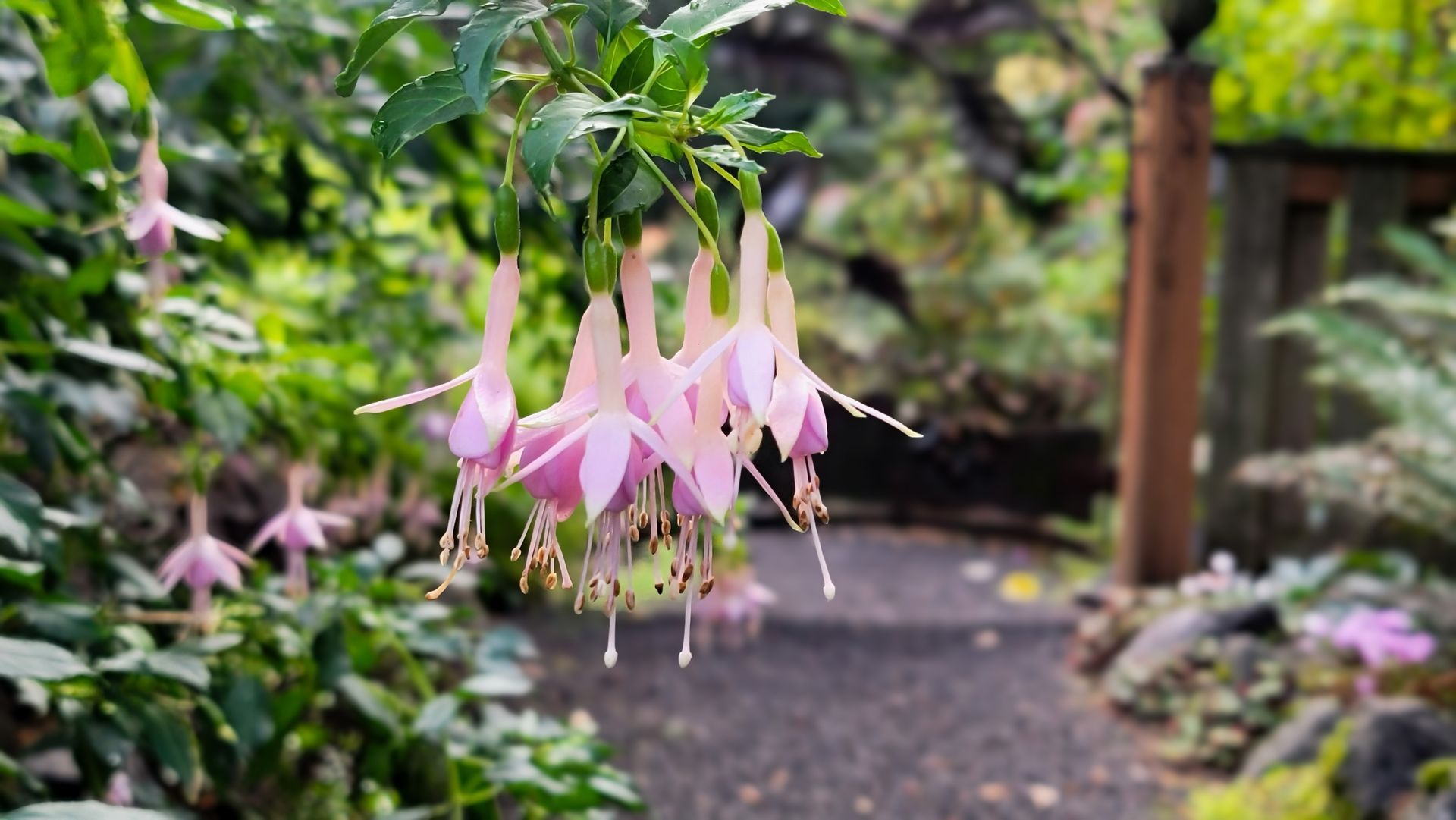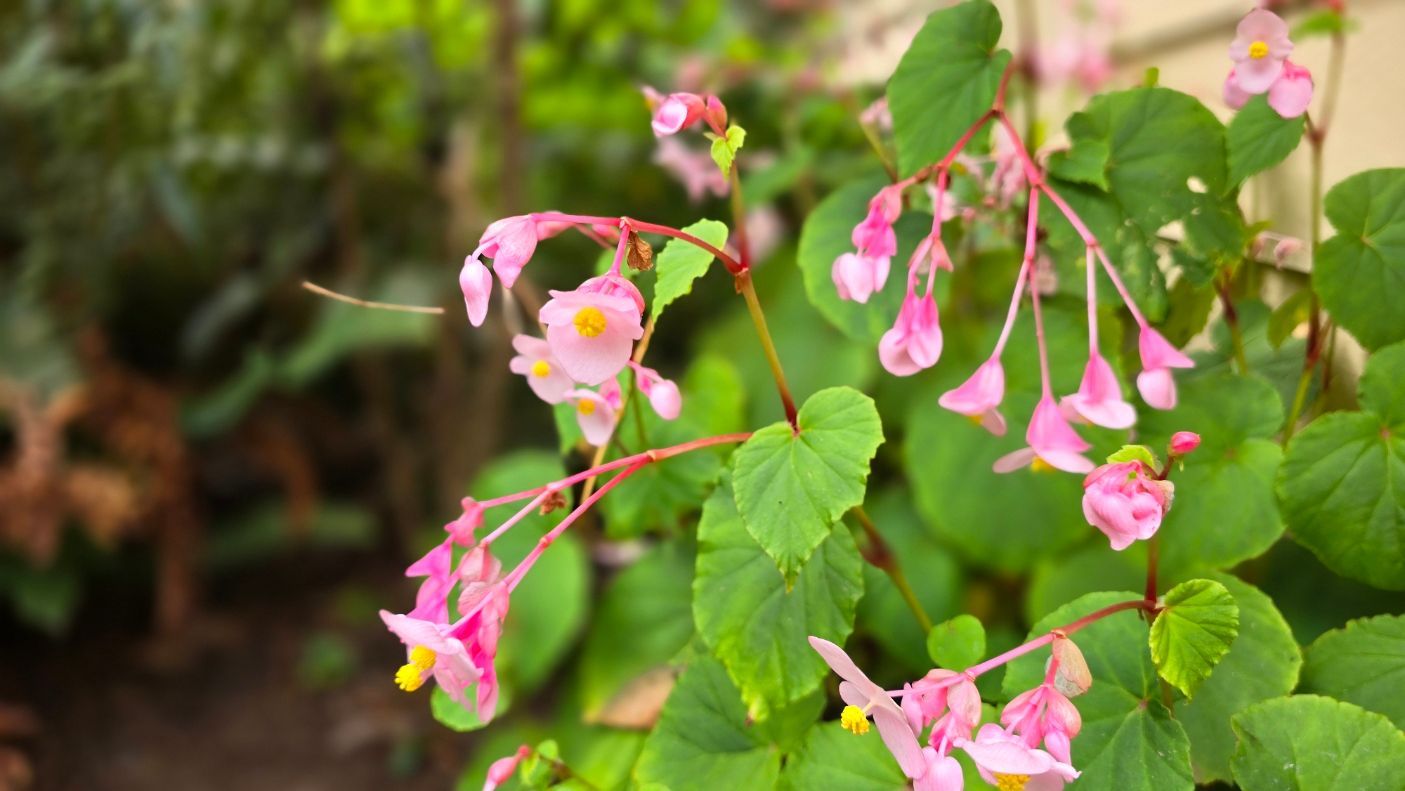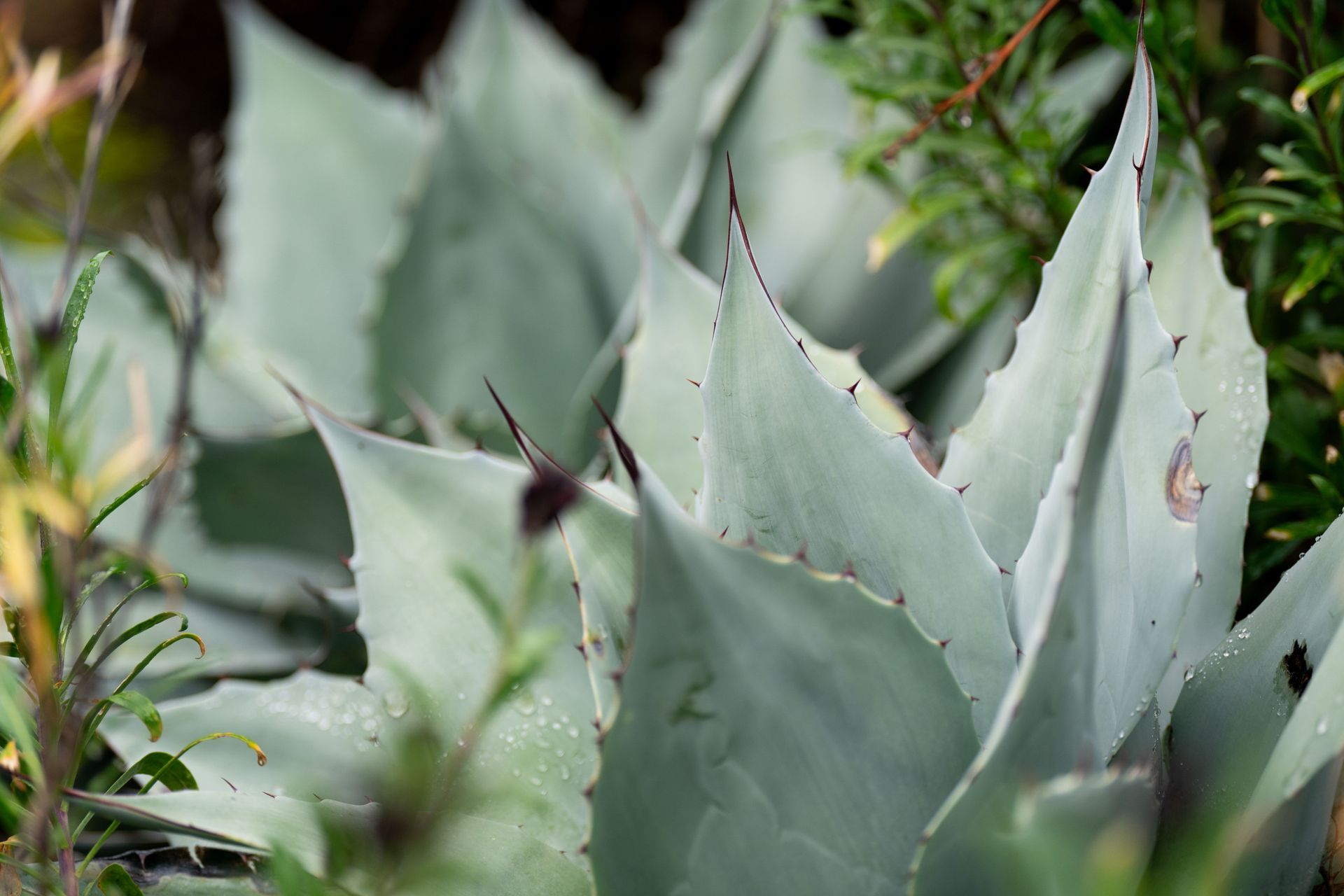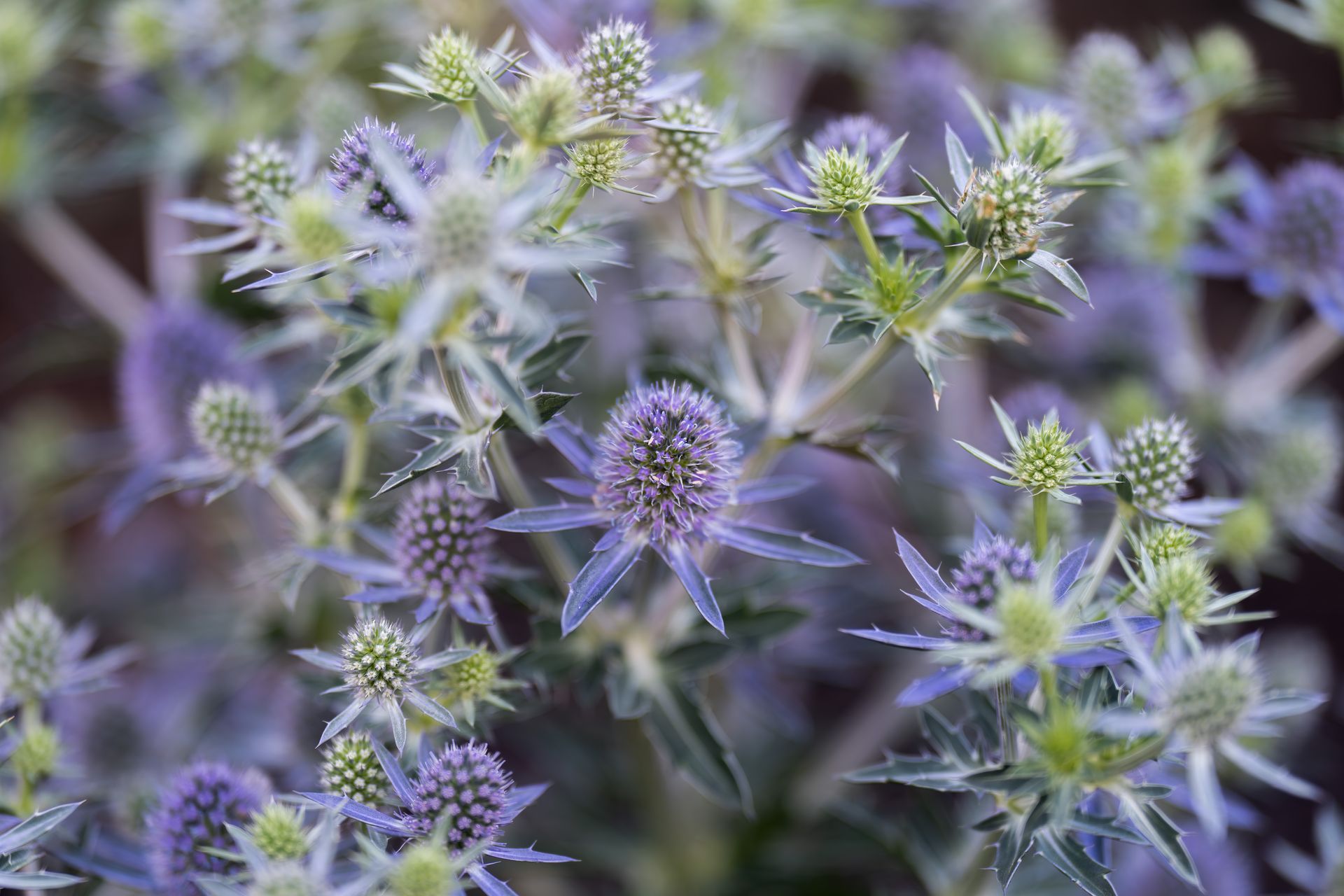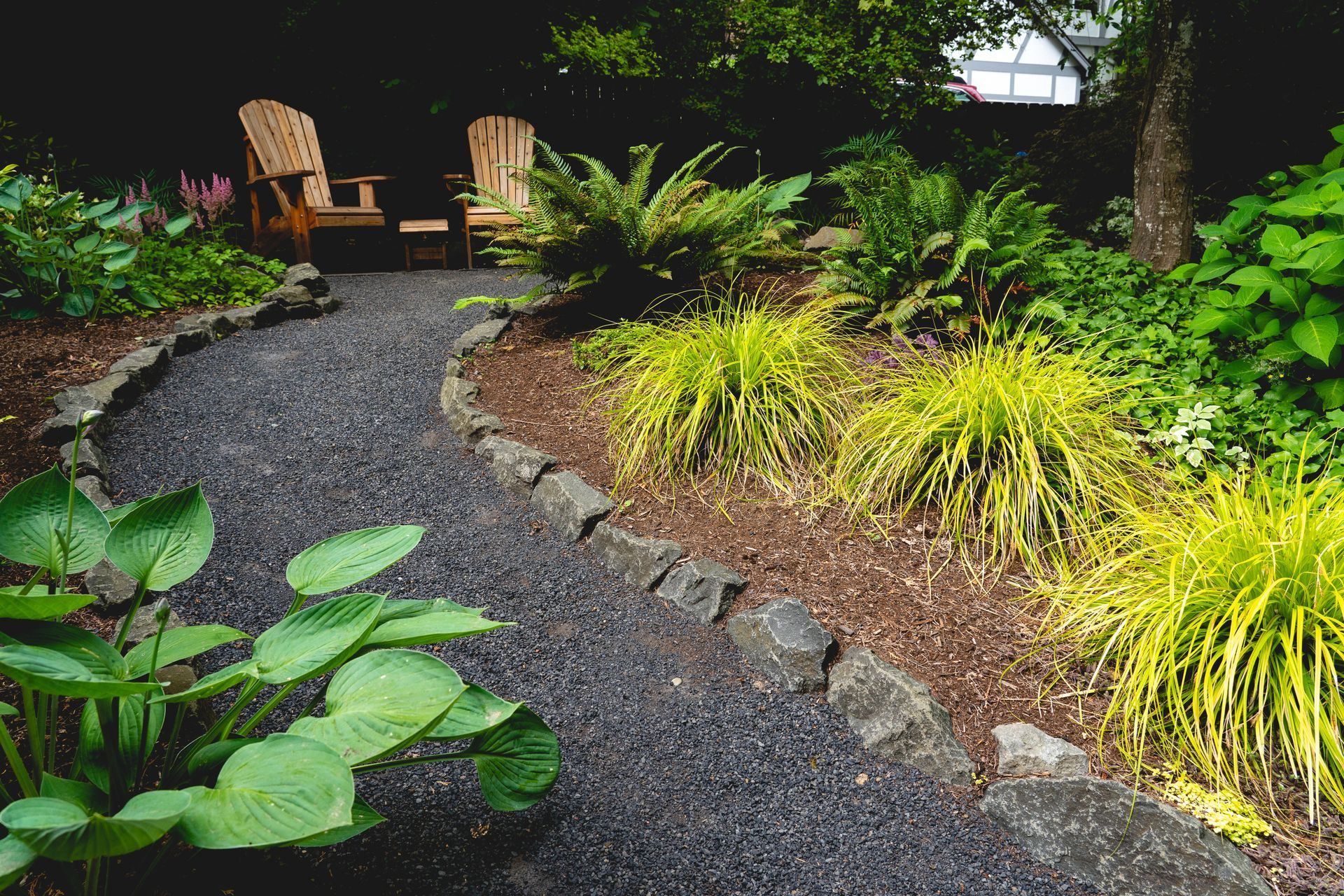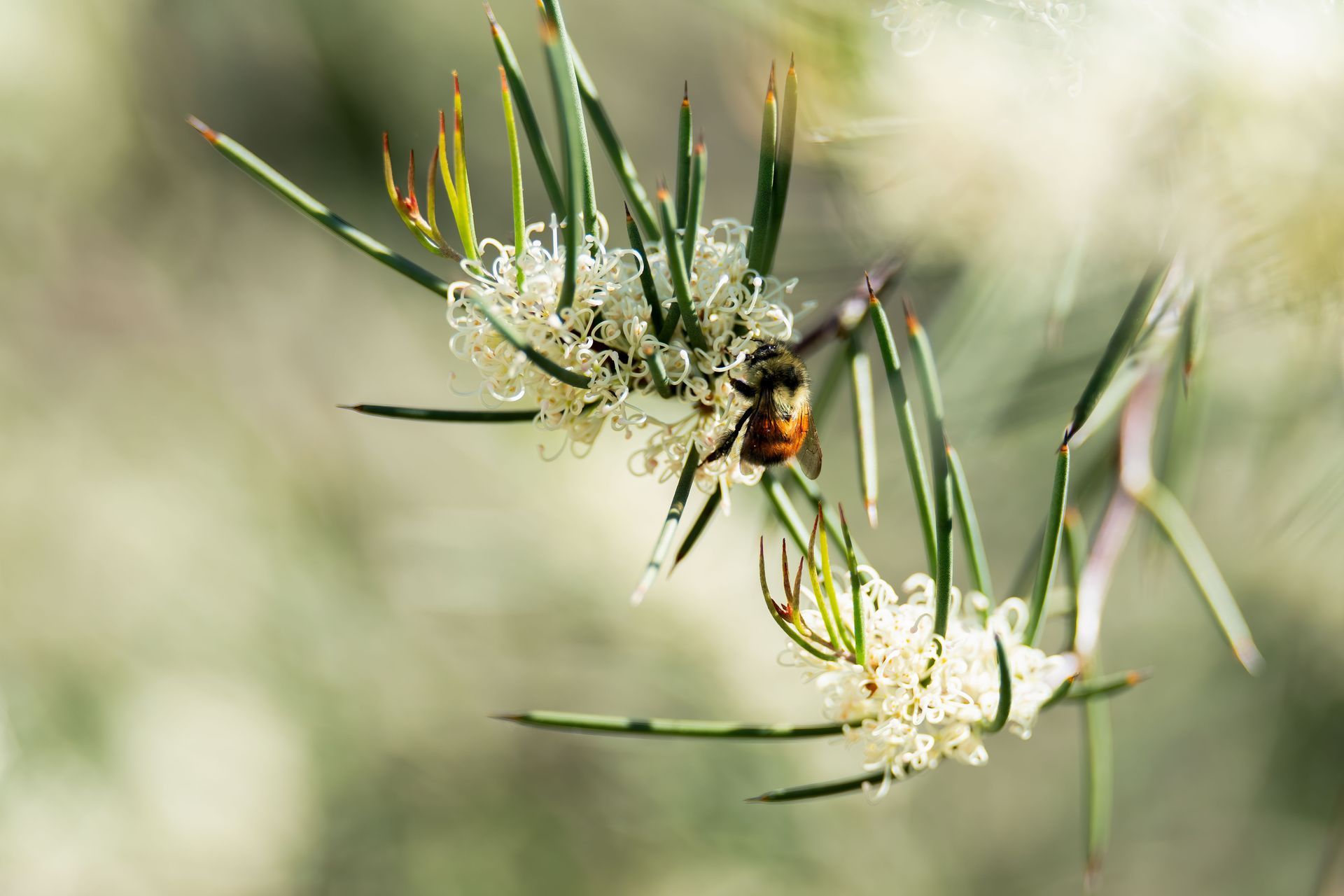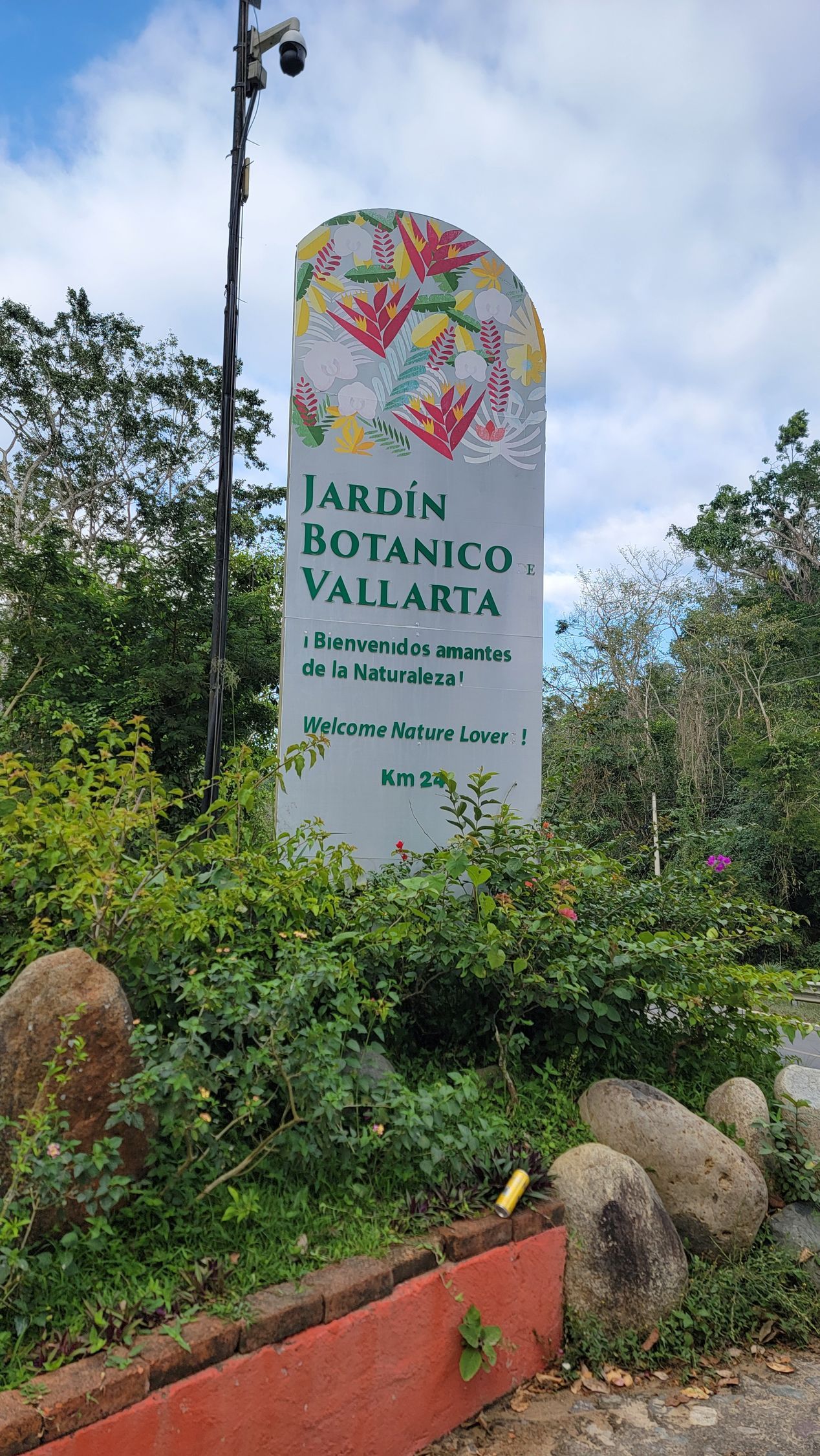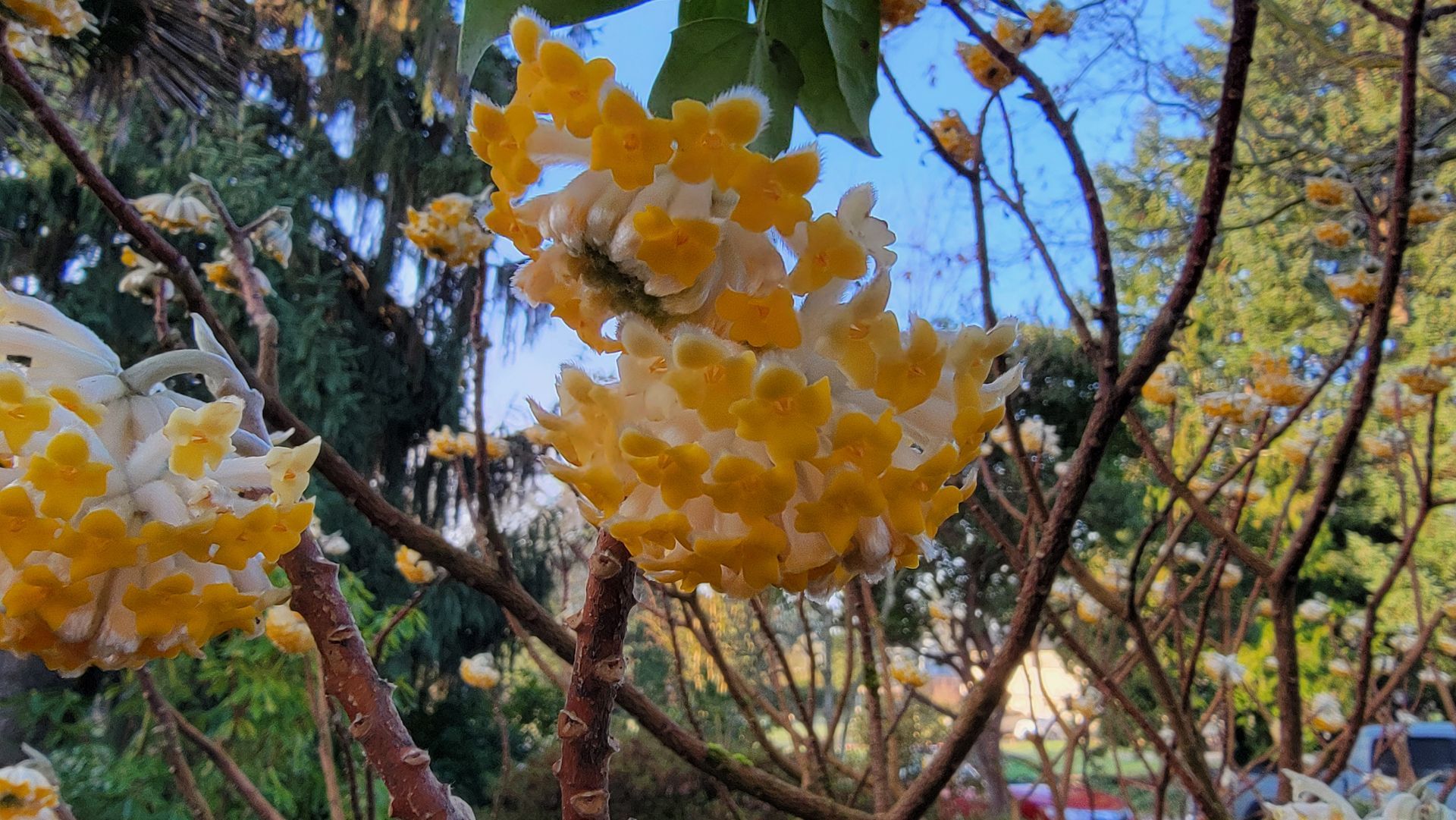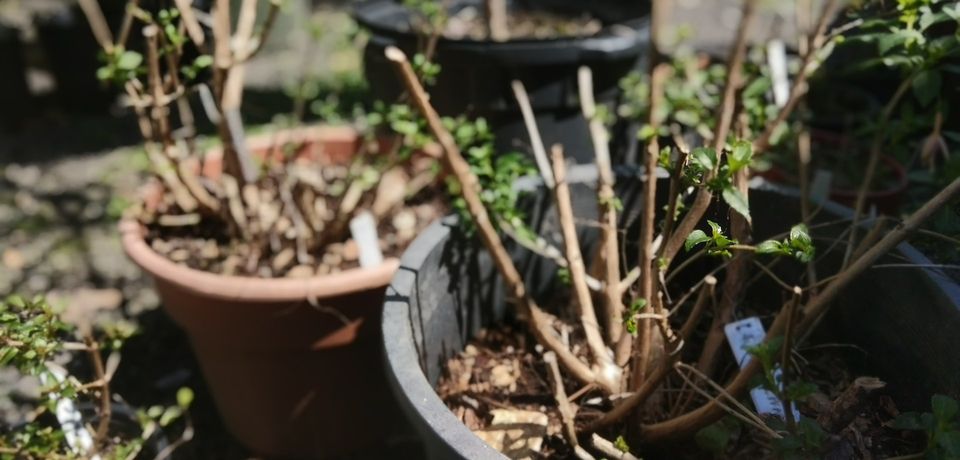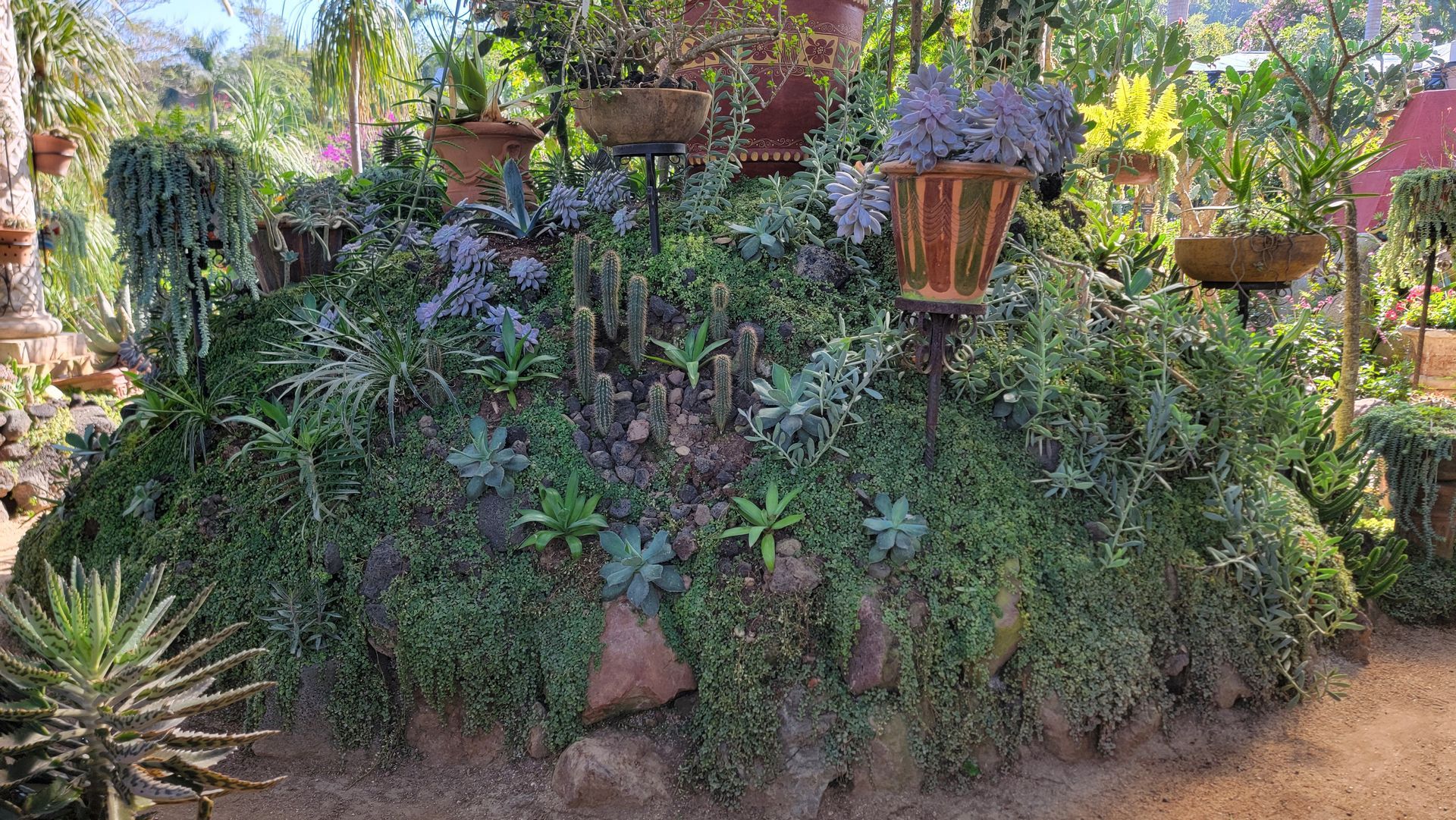Overwintering plants in the western part of the PNW
You purchased some very fun plants in the fall and you have not had time to get them in the ground and you hear that cold weather is coming. In pots, plants are much more vulnerable to cold than if they were in the ground. When a new plant is inserted into the soil the surrounding earth becomes a sort of blanket and a great protection from the cold air. If the pot is out in the cold air then it has no protection. If one wants to risk leaving it outside and it is an evergreen conifer it is probably just fine. Evergreen conifers are usually very tough and hardy and do not need to be overwintered in a greenhouse.
However, if the air is windy and very cold it probably needs to be rethought a bit. Any hardy evergreen out in the cold wind and air is still alive, growing and releasing moisture out of its needles. The soil in the pot may become frozen and then the water cannot be absorbed by the plant’s roots. In this case one needs to water the plant at the warmest part of the day so that the plant can replace some of its moisture which has been released to the cold, windy air, or the plant can totally become dehydrated and die. If it is a more tender evergreen, setting the pot directly into a deep bed of bark mulch helps to mimic the insulation of the earth it wants.
If it is a hardy, deciduous shrub or plant that you have in the pot, it is not transpiring. Since deciduous means it has no leaves, one can probably just let it set out there in the wind and the cold. That is what happens in a nursery.
The problem comes if you have a non or just partially hardy plant. Then you know that you must do something. Here are two options:
- If you have a greenhouse, use it but make sure that it stays above 32 degrees overnight by placing a small heater in it. During the day the sun will warm the space but again the temperature will drop as soon as it gets dark. Knowing if it will freeze overnight is critical in this situation.
- If you do not have a greenhouse then the garage becomes a handy home. Make sure that it stays above 32 degrees and get it back outside when the weather is not so cold.
Most plants that we use in our summer colorful pots are not hardy and often people do not realize that. I have been asked, how do you know if a plant is hardy? That is an easy thing. When you purchase a plant look at the tag. If it says Zone 7 or a larger number, in the western part of the NW it needs to be protected from frosts in the winter if in a pot. If it says zone 6 or smaller it may be hardy enough to not have to be protected. Many perennials, such as Peonies, say zone 4. They are totally dormant and have no visible foliage and are totally hardy outside in a pot. If there is no hardiness rating shown on the plant tag, ask the nursery owner. If the plant is tropical then the only way to keep it through the winter is to bring it into your home. If it is small and very special then this should be fine. If it is big then this may not be a good idea.

